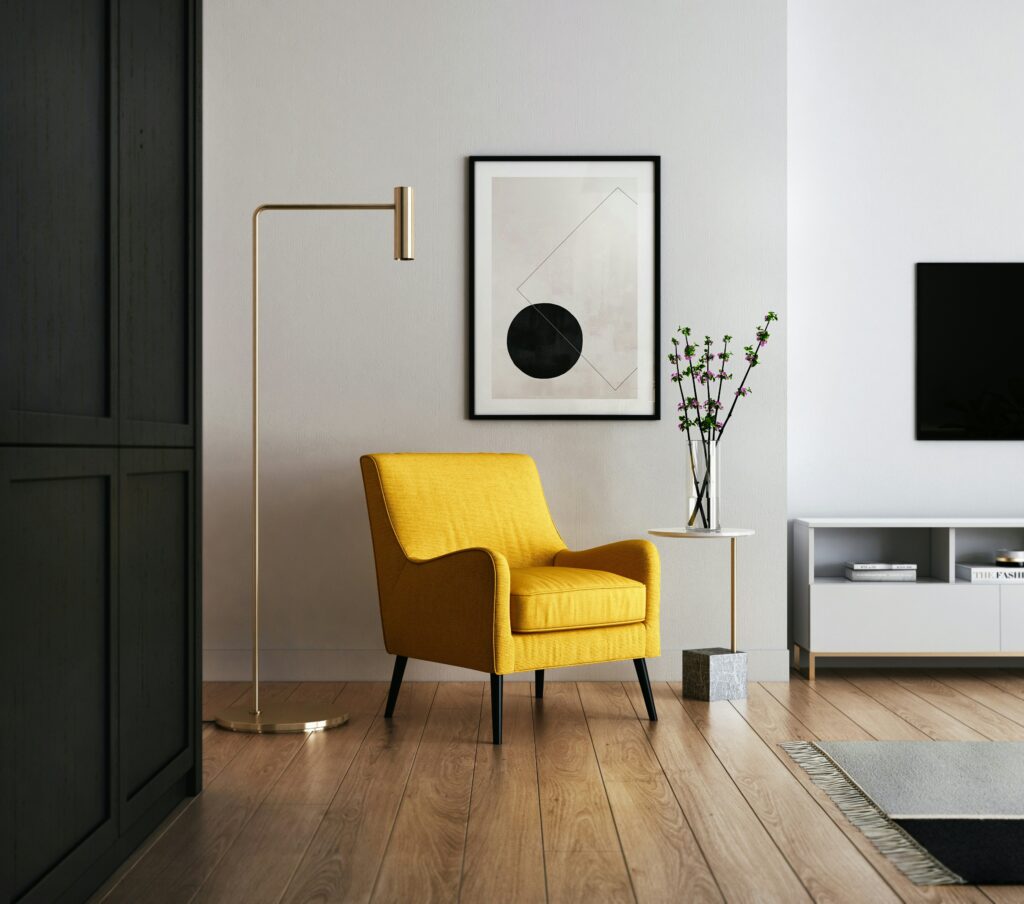Designing effective offices is more than just choosing the right furniture and colors. It is the art and science of creating a work environment that stimulates productivity and creativity, and supports employee well-being. In this article, we will discuss the essential elements of designing effective offices, and how to balance form and function.
The importance of designing effective offices:
- Increasing productivity: A well-designed office can motivate employees to work harder and increase their productivity.
- Improving mood: A comfortable and inspiring work environment contributes to improving employees’ moods and reducing stress.
- Enhancing collaboration: Designing offices in a way that encourages interaction and communication between employees enhances team spirit and teamwork.
- Attracting talent: Well-designed offices play an important role in attracting and hiring the best talent
Essential elements of designing effective offices:
Lighting:
Natural light: Make the most of natural light through large windows.
Artificial lighting: Use adjustable intensity lighting to suit different tasks
Task lighting: Provide adequate lighting for work areas that require high concentration
Colors:
Neutral colors: Use neutral colors such as white, beige, and gray to create a calm and comfortable atmosphere.
Bright colors: Use touches of bright colors to add vitality and activity to the space
The effect of colors on mood: Each color has a specific psychological effect, for example, blue calms the nerves and red stimulates energy
Furniture:
Comfortable chairs: Use comfortable chairs that support the back and help maintain a correct sitting posture.
Adjustable desks: Provide adjustable desks to enable employees to adjust the height of the desk to suit their needs.
Shared spaces: Provide shared spaces for rest and social interaction
Division:
Open offices: Allow collaboration and interaction between employees
Closed offices: Provide the privacy needed to perform tasks that require high concentration.
A combination of the two: Both types can be combined to meet the needs of different teams

Plants:
Improving air quality: Plants help purify the air and increase humidity.
Psychological calm: Plants create a calm and comfortable atmosphere

Technology:
Modern devices: Provide high-quality computers and screens to facilitate work.
Communication systems: Provide an effective communication system to ensure smooth communication between employees
Designing effective offices is a long-term investment in the company’s productivity and employee well-being. By paying attention to basic elements such as lighting, colors, and furniture, you can create an inspiring and motivating work environment.

